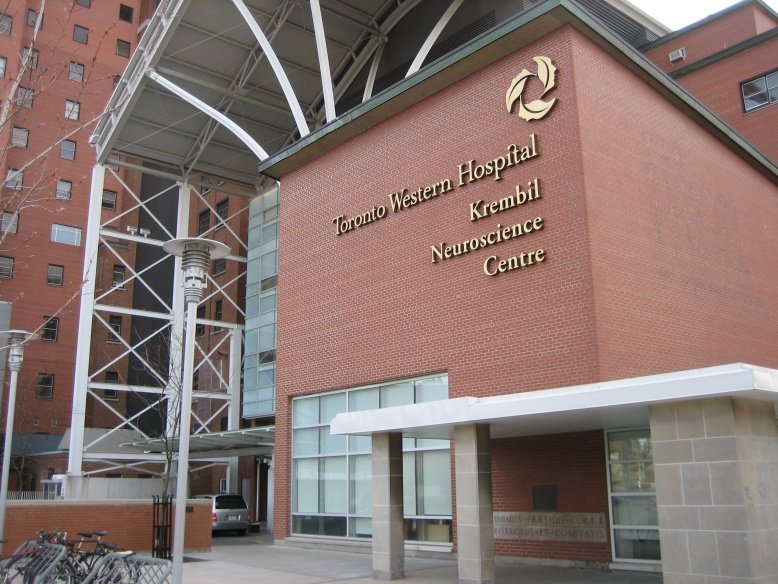When Nature’s Fury Meets Locked Doors (Image Credits: Unsplash)
Heavy rains lash against reinforced windows, turning what should be a temporary hold into a fortress under siege, as young voices echo concerns in the dim light of emergency preparations.
When Nature’s Fury Meets Locked Doors
Imagine being a teenager already caught in the justice system’s grip, only to face a monster storm barreling down. Hurricanes don’t discriminate, but for kids in remand facilities – those pre-trial detention centers – they amplify every fear. Recent events like Hurricane Melissa in the Caribbean showed just how precarious life can get, with over 700,000 children overall facing disruptions from flooding and power outages.
These facilities often sit in vulnerable coastal areas, where evacuation plans lag behind the storm’s speed. In places like Jamaica and Cuba, where Melissa made landfall, essential services crumbled, leaving detained youth isolated without family support. It’s a stark reminder that while adults might ride out the chaos, children in custody need tailored safeguards to weather the literal and emotional storm.
The Evacuation Dilemma Unfolds
One of the biggest headaches during a hurricane? Getting everyone out safely. For prisoners in general, including youth in remand, protocols vary wildly by state or country. A Reddit discussion from a past storm highlighted how some facilities hunker down, expecting inmates to ride it out, while others scramble for buses to higher ground.
But for kids, it’s not just logistics – it’s trauma piled on trauma. Moving a group of minors under guard means coordinating with social services, and in the rush, mistakes happen. During Hurricane Helene in North Carolina, reports surfaced of families fearing child services interventions post-storm, a worry that echoes in remand scenarios where separation from loved ones feels even more acute.
Facilities must balance security with speed, yet many lack the resources for smooth relocations, turning a natural disaster into a logistical nightmare.
Psychological Scars That Linger
Hurricanes carve deep emotional wounds, especially for children already in vulnerable spots like remand. Experts from the National Child Traumatic Stress Network point out that knowing what to do beforehand can ease some panic, but in locked settings, that control slips away fast. Post-Melissa assessments in the Caribbean revealed schooling halted for nearly 477,000 kids, with those in detention facing extended isolation.
The mix of roaring winds, blackouts, and uncertainty triggers anxiety, flashbacks, or worse. Studies on past storms like Harvey showed unique needs for children in care systems, including foster or remand, where disrupted routines lead to behavioral shifts. Without immediate counseling, these kids risk carrying the storm’s shadow into their futures.
Disrupted Education and Daily Routines
Schooling grinds to a halt when hurricanes strike, and for remanded children, it’s a double blow. These facilities often provide structured education as part of rehabilitation, but storms like Melissa wiped out weeks of progress across affected regions. UNICEF noted catastrophic flooding that destroyed infrastructure, leaving kids without books or teachers for months.
Beyond classes, meals and medical check-ins falter too. In the U.S., hurricanes Helene and Milton closed districts for weeks, mirroring issues in remand centers where routines anchor fragile lives. Rebuilding isn’t just physical – it’s about piecing back a sense of normalcy for youth who can’t just go home.
Gaps in Preparedness and Policy
Many remand facilities aren’t built for extreme weather, echoing concerns from a 2019 Florida detention camp abandoned mid-hurricane. X posts from survivors describe flooding risks even from light rain, underscoring how outdated structures endanger lives. Policymakers push for plans, yet implementation lags, especially in underfunded systems.
Calls for better funding ring out, with advocates urging evacuation drills tailored to minors. In the Caribbean post-Melissa, governments leaned on UNICEF for support, but remand-specific strategies remain spotty. Closing these gaps could mean the difference between survival and setback.
Long-Term Ripple Effects on Youth Justice
Storms don’t end when the skies clear; their fallout reshapes young lives in custody. Increased trauma can lead to longer stays or tougher reintegration, straining an already overburdened system. Insights from child welfare experts highlight how disasters expose flaws, like in Texas after Harvey, where child protective services grappled with overwhelmed kids.
Yet, there’s potential for reform – stronger community ties and resilient designs could turn vulnerabilities into strengths. As climate events ramp up, addressing these issues head-on protects not just during the storm, but for years after.
| Challenge | Impact on Remanded Kids | Potential Fix |
|---|---|---|
| Evacuation Delays | Heightened anxiety and isolation | Pre-planned routes with youth specialists |
| Power and Service Loss | Disrupted routines and health access | Backup generators and on-site med teams |
| Post-Storm Trauma | Emotional setbacks in rehab | Mandatory counseling programs |
Key Takeaways
- Hurricanes like Melissa expose remand facilities’ weaknesses, affecting thousands of children through isolation and trauma.
- Evacuation and preparedness vary, but tailored plans can save lives and futures.
- Long-term support, from education to mental health, is crucial to break the cycle of vulnerability.
In the end, hurricanes remind us that no wall is high enough against nature’s force, but with smarter policies, we can shield the most at-risk kids from becoming its casualties. What steps do you think governments should take next? Share in the comments.









